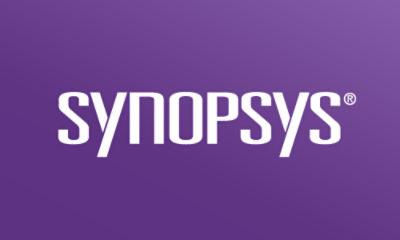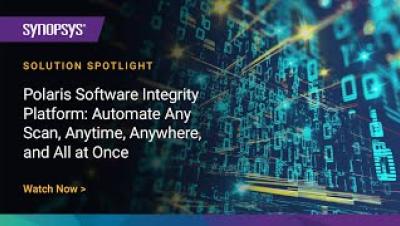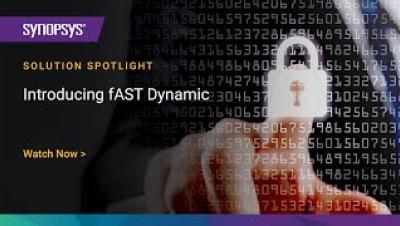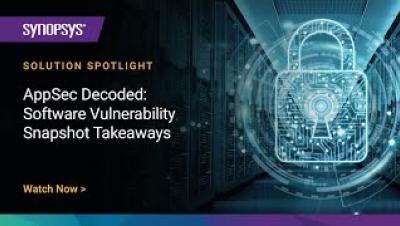How to detect, prevent, and mitigate buffer overflow attacks
In the late 1980s, a buffer overflow in UNIX’s fingerd program allowed Robert T. Morris to create a worm which infected 10% of the Internet—in two days. This event launched cybersecurity to the forefront of computer science headlines for one of the first times in history. Nearly three decades later in 2014, a buffer overflow vulnerability in the OpenSSL cryptography library was disclosed to the public.











